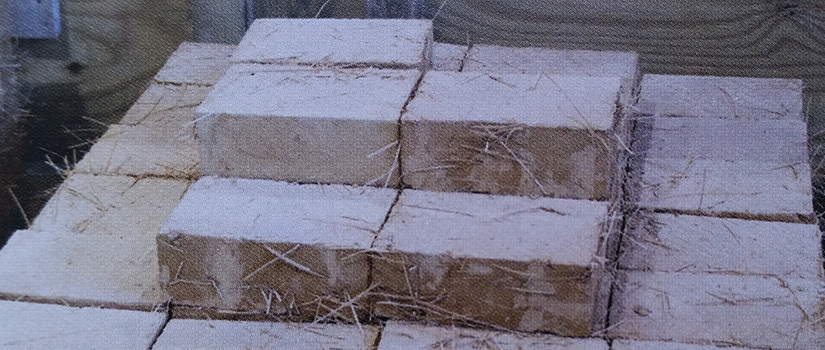Growing up in Cambodia, Narong Phal saw buildings that he considered, as an aspiring engineer, structurally unsound.
After moving to South Carolina at age 20, the civil engineering undergraduate sees similar risks in the most seismically active state on the East Coast. He's pleased that his undergraduate research at USC could contribute to solutions in both nations.
Phal is working under the tutelage of civil engineering professor Fabio Matta in the Structures and Materials Laboratory at USC's College of Engineering and Computing. Matta has done extensive research with stabilized earth masonry, which has a number of advantages over other kinds of masonry, such as concrete blocks or bricks fired in an oven.
Matta's team prepares stabilized earth blocks suitable for earth mortar-based construction by compressing clay-containing soil with a small amount (just 6 percent by weight) of cement. "We use little cement and the blocks are not fired, so they have a very small carbon footprint," Matta says.
And the primary raw material is plentiful. "South Carolina has a lot of this soil, you can find it almost everywhere," Phal says. Remote regions and farmlands will be particularly well served because earth masonry can be prepared locally. Although they're still working with prototypes, Matta says all these factors together should make earth masonry very affordable, but also high quality and energy efficient.
There's still a hurdle that might prevent widespread acceptance, though. Consumers might be uncertain about the strength of structures made of stabilized earth blocks and mortar in the face of natural disasters, such as tornadoes and earthquakes.
But Matta's structural engineering research is showing the sturdiness inherent in the system. Ongoing research supported by the National Science Foundation is demonstrating that earth masonry can withstand the fury of gusts and debris from extreme winds. Matta and his team are now looking at the earthquake resistance of earth masonry walls.
Matta and doctoral candidate Mabel Cuéllar helped Phal prepare a successful Magellan Scholar grant proposal for a study of seismic resistance in earth masonry. Phal is working with Cuéllar and Matta on a one-year pilot project to test their idea on small walls of plain and fiber-reinforced earth bricks under shear and compressive loads. Reinforcing plastic fibers might be sourced from recycled bottles, greening the system even more.
